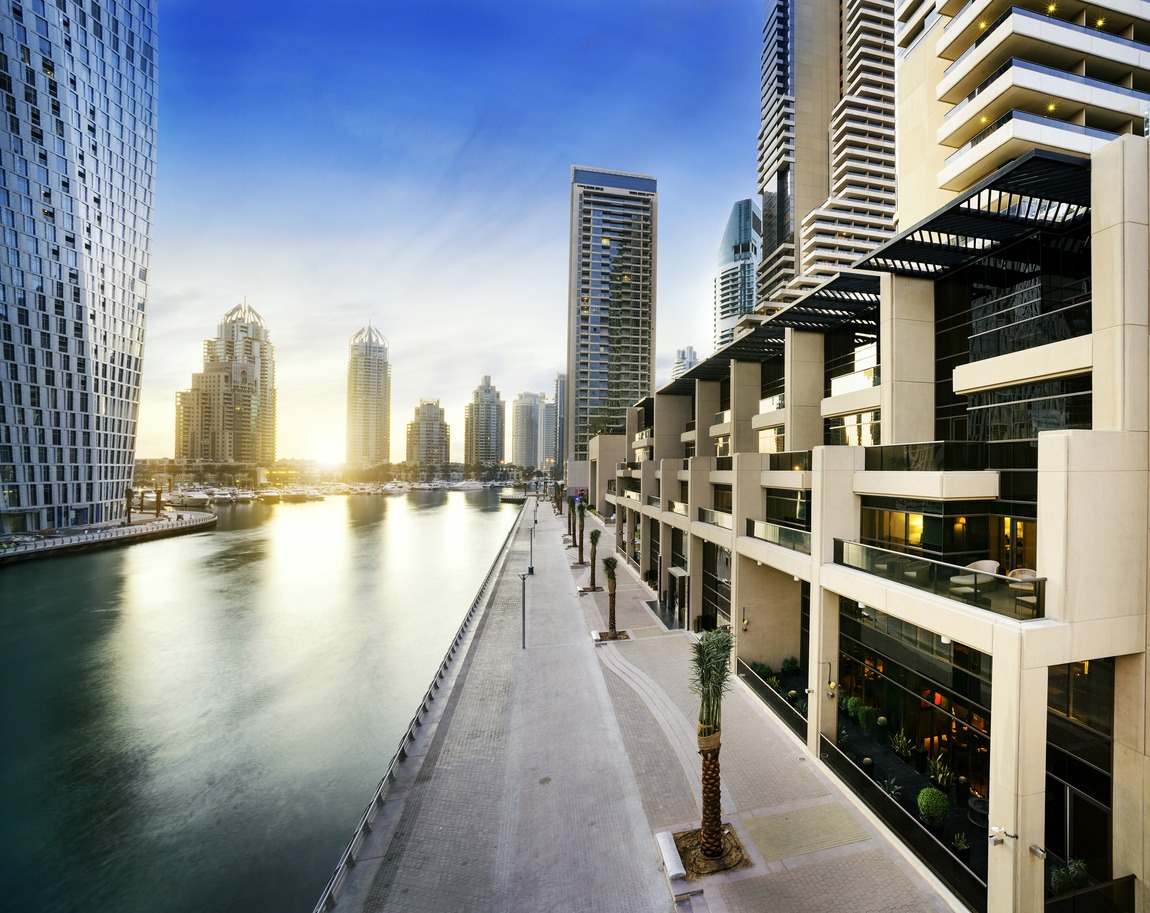In the high-stakes arena of Dubai’s property sector, Emirates.Estate has positioned itself not merely as a listing service, but as the pulse of the market—an orchestrator of opportunity. Acting as a one-stop gateway for investors and homeowners alike, the platform bridges people and properties across the emirate's ever-expanding skyline. As 2025 charges ahead, the market has not just survived but flourished, animated by deep investor confidence, an influx of foreign capital, forward-thinking government initiatives, and a surge in PropTech sophistication. With real estate transactions in the first half of the year breaking the USD 41 billion mark, and average per-square-foot prices nudging up 3% quarter-over-quarter, Dubai’s market tells a story of momentum, magnetism, and maturity.
Market Rhythms: Demand With Depth
There’s no plateau in sight—at least not yet. Dubai properties in 2025 displayed unmistakable signs of vertical lift. Villa prices soared 17.81% year-on-year. Apartments, not far behind, advanced 15.22%. A wide spectrum of buyers—from fresh-faced homeowners to deep-pocketed investors—entered the fray. Why? Developer-driven incentives, appealing payment plans, and flexible long-term residency perks turned maybes into yeses.
Off-plan properties? They’re practically the heartbeat of the sales charts, comprising over two-thirds of residential deals in Q1. And the trend isn’t slowing. By Q2, investors accounted for 58% of all transactions, up from 50% the previous quarter—a seismic shift that underlines a market steadily tilting toward long-horizon wealth strategies.
Market Snapshot: Numbers That Speak
Average Prices
| Property Type | Avg. Price per sq ft (AED) |
| Dubai overall apartments | 1,443 |
| Business Bay apartments | 2,409 |
| Villas (4-bed average, Arabian Ranches) | 8,303,000 AED total |
| Villas (4-bed average, Dubai Hills) | 10,800,000 AED total |
| Villas (4-bed average, Palm Jumeirah) | 31,949,000 AED total |
The data isn’t just abstract—it’s directional. Business Bay units push into premium territory, while Palm Jumeirah villas anchor the ultra-luxury segment with eight-figure tags. Even mid-market locales are getting a lift, pulled along by investor optimism and population growth.
Rental Yields
| Area | Property Type | Gross Rental Yield |
| Downtown Dubai | Studio | 8.42% |
| Palm Jumeirah | Studio | 8.71% |
| Al Furjan | Studio | 8.75% |
| Business Bay | Apartment | 6.96% |
| Jumeirah Village Circle | Apartment | 7.11% |
| Dubai Marina | Apartment | 5.56% |
Yields are solid, particularly in compact units—studios in hotspots like Al Furjan and Downtown Dubai are pushing near-double-digit returns. Investors chasing income rather than speculation are taking note.
What’s Powering the Surge?
It’s a blend of fundamentals and flair. Dubai’s population topped 3.6 million in 2024, and with 85% made up of expatriates, demand for both rentals and homes-for-sale is surging. Add to that an aggressive push on residency reform—most notably the Golden Visa—and you have a market structured to attract high-net-worth individuals looking for more than just sunshine and skyline.
Off-plan launches are adding fuel to the fire. With many offering deferred payments, lower entry points, and the promise of 8–10% capital appreciation through 2025, the appeal is obvious. For many, it’s not a question of whether to invest, but where.
High-Yield Terrain: Areas to Watch
Downtown Dubai: Iconic, walkable, amenity-rich. Price appreciation has hit 15% year-on-year. Studios, in particular, offer compelling rental yields for short- and long-term lets.
Dubai Hills Estate: A tranquil yet connected golf community, well-suited for families and executive expats. Villas here average AED 10.8 million. The rental return? About 3.5%—not eye-popping, but steady.
Palm Jumeirah: The jewel in Dubai’s luxury crown. Waterfront mansions here average nearly AED 32 million, pulling in 3.9% rental yields. Not bad for ultra-luxury.
Business Bay: Urban density meets business proximity. Apartments are trading at AED 2,409 per square foot, and studios yield just shy of 7%.
Al Furjan: The underdog climbing fast. Four-bedroom villas priced at AED 6.38 million are offering yields nearing 7%. Value investors are paying attention.
Tech-Infused Future: PropTech’s Growing Grip
Forget paperwork and legacy inefficiencies. Dubai is fast-forwarding into a real estate future that’s digital by design and smart by necessity.
Blockchain & Efficiency Gains
Thanks to REST, the blockchain-powered platform from Dubai Land Department, title registrations now take a fraction of the time they once did—70% faster, to be exact. Fewer intermediaries. Less friction. Greater trust.
Sustainability as Strategy
Under Vision 2030, new builds are expected to be leaner, greener, and smarter. IoT-powered energy tracking and AI-predictive maintenance systems are now baked into the blueprint of many new developments. These aren’t just token gestures—they’re operational advantages.
Tech Trends Redefining Real Estate
- IoT & AI Integration: Over half of new residential projects now feature embedded sensors and AI platforms. The result? Predictive maintenance and smarter resource usage.
- Blockchain Smart Contracts: From lease agreements to sales deals, blockchain-based transactions are cutting timelines by more than two-thirds.
- Virtual Reality Tours: Around 65% of developers now provide VR walkthroughs, expanding market reach and appealing to global buyers who prefer to tour from a continent away.
- SaaS Dashboards: Mixed-use communities increasingly rely on centralized dashboards for lease tracking, issue resolution, and tenant communication.
A Broader Lens: Q1 Sales Pulse
Dubai may be the headline act, but Abu Dhabi and other UAE regions are singing the same tune. In Q1 2025, villa transactions jumped 18%, and apartment deals rose 23% in the capital city. The real estate upswing appears regional, not just localized—an encouraging sign for institutional investors eyeing the Emirates as a collective opportunity set.
In Closing: The Edge of the New
Dubai’s property market isn’t merely growing—it’s recalibrating the very idea of real estate investing. Mid-teens price growth, north-of-6% yields, and razor-sharp digital tools have conspired to build a future-ready landscape. Whether one’s interest lies in luxury beachfront villas or off-plan urban studios, the opportunities are multidimensional and expanding.
For those willing to adapt to the rhythm of a smart, fast, and globalized property market, Dubai continues to be a stage worth playing on—and 2025 might just be its most exciting act yet.














